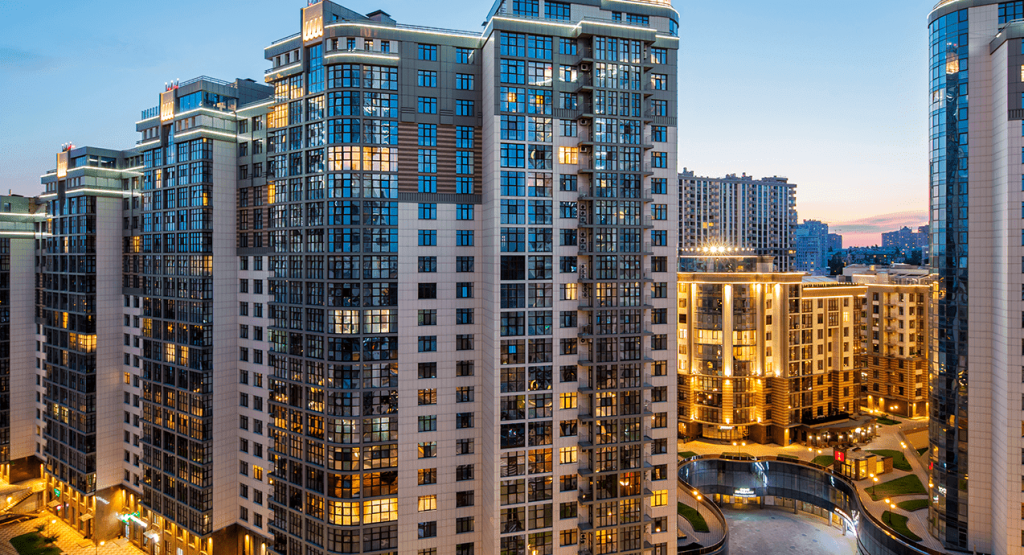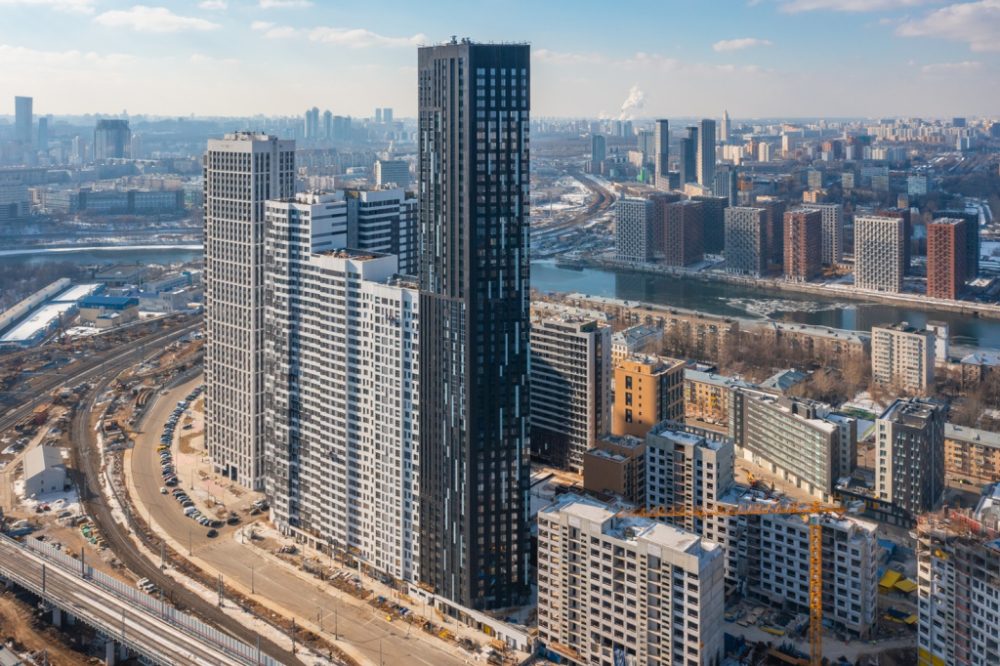The luxury real estate format is no longer associated with luxury in the traditional sense. Such an asset turns into a managed system in which each element enhances value: architecture strengthens reputation, engineering protects comfort, infrastructure shapes lifestyle, and location creates investment sustainability. Analyzing the concept of luxury real estate requires a look from several angles: from the perspective of an architect, investor, owner, developer and analyst.
What is luxury real estate: features of facilities
Premium objects do not arise by chance. They are created by calculation, strategy, and attention to detail. To determine what luxury real estate is, it is important to fix the technical and conceptual features.:

- Location. The choice of site dictates the class of the future object. Luxury housing is built only in prestigious and stable areas. The key factors are transport accessibility, species characteristics, lack of dense buildings, proximity to cultural and natural sites.
- Architectural expressiveness. The design of the facility is entrusted to an international bureau or renowned domestic architects. Buildings acquire a recognizable look, facades are created using expensive and durable materials.
- Engineering equipment. Intelligent control systems, centralized heating, climate control, fire protection, air filtration, smart lighting, and energy-saving technologies.
- Visual and comfort. The key is the quality of the environment: a comfortable area with greenery, recreation areas, parking, an individual landscape designer, private entrances, video surveillance, and 24-hour security.
Types of luxury real estate
 The premium segment offers a flexible structure that caters to different ownership scenarios. To understand what luxury real estate is, it is important to distinguish between the format and the target audience:
The premium segment offers a flexible structure that caters to different ownership scenarios. To understand what luxury real estate is, it is important to distinguish between the format and the target audience:
- Luxury apartments. The format assumes a location in clubhouses or towers with a small number of apartments. The ceiling height is from 3.5 m. The layout includes spacious living rooms, master bedrooms, terraces and dressing rooms. The space is organized according to the principle of openness, where each zone retains function and privacy.
- Luxury houses. The segment of individual cottage construction with areas ranging from 400 to 800 sq.m. The properties are located in protected settlements with personal infrastructure: a swimming pool, sauna, cinema, and winter garden. The design of the facades and interiors is developed individually for each owner.
- Luxury apartment complexes. Premium class real estate in the hotel residence format combines privacy with a 5* service level. The apartments are fully furnished and include regular maintenance, laundry service, catering, fitness club, SPA and on-site restaurants.
Each category has its own purpose and functional features — not only the status, but also the form of an individual architectural system.
Attachment logic
The format of premium facilities is not inferior in profitability to commercial assets. At the same time, the risks remain significantly lower, and the payback period is more predictable. Investments in luxury real estate are based on three models:
- Resale after growth. Classic. The investor acquires the object at the foundation stage and sells it at the peak of the market phase. The average return is 25-40% per construction cycle.
- For rent. The segment’s features allow you to set higher-than-market rates. Income is generated by stable tenants: representatives of foreign corporations, diplomatic missions, and international family offices.
- Strategic storage. The scenario of saving capital in a solid asset with high liquidity. Assumes long-term ownership without exploitation. The facility works as an anti-inflationary buffer.
The market confirms the effectiveness. Elite housing in the capital or cultural capital demonstrates stable growth of 7 to 12% annually, while maintaining liquidity and low drawdown during crisis periods.
Signs of a premium object
Understanding what elite real estate is, is enhanced by the presence of specific criteria. They help to weed out pseudo-elite offers.
Key characteristics:
-
The area is from 150 sq.m for apartments and from 350 sq.m for houses.
-
Location in locations with limited supply.
-
The author’s architecture of the building.
-
Unique layout, minimum repetition.
-
Designer interior with premium materials.
-
Closed comfortable territory.
-
Own infrastructure: spa, fitness, restaurant, recreation areas.
-
Underground Parking with access by key.
-
Security and video surveillance systems.
-
A management company with experience in maintaining premium facilities.
Regional example: What is luxury real estate in Russia?
The Russian market remains highly interested in premium housing. The main facilities forming the segment are concentrated in Moscow and St. Petersburg. Krasnodar, Sochi, Kazan, and Yekaterinburg are actively developing.
Specifications:
-
Area: 180-320 sq. m, ceilings — from 3.3 m.
-
Engineering: centralized air conditioning, ventilation, leak protection.
-
Design: marble, oak, brass elements, using Italian and German furniture.
-
Territory: enclosed courtyards, landscaping with fountains, playgrounds and sports grounds.

-
Parking: on level -2, with direct access to the elevator.
In million-plus cities, the premium segment shows an increase in value of 8-10% per year, while demand is generated not only by investment buyers, but also by internal migration to cities with a high concentration of business activity.
Investment strategy in the elite space
 The premium real estate format goes beyond aesthetics. He creates a tool in which quality, beauty, technology and capitalization work synchronously. Investments justify themselves not only in numbers, but also in a sense of stability, independence and individual control over the asset. What is luxury real estate — a space that supports the standard of living, protects assets and provides a stable foundation for financial growth.
The premium real estate format goes beyond aesthetics. He creates a tool in which quality, beauty, technology and capitalization work synchronously. Investments justify themselves not only in numbers, but also in a sense of stability, independence and individual control over the asset. What is luxury real estate — a space that supports the standard of living, protects assets and provides a stable foundation for financial growth.
 en
en  ru
ru  de
de  ar
ar  es
es  nl
nl  hi
hi  fr
fr  it
it  pt
pt  el
el 












